17 November 2023, Nesebar
Alexandrov Residence 40lev [R419]
The old city of Nesebar is a delight. It sits on an island linked by an isthmus to the mainland on which the new city sprawls along the coastline.
--
"All was quiet in the island town until 1959, when nearby Sunny Beach resort – the “pride of young Socialist Bulgaria” – was opened. The first groups of tourist came mainly from the Eastern bloc. For generations of Hungarians, Lithuanians or Czechs, Nesebar was the supreme memory of a summer well spent. After the democratic changes, tourist came from all over the world. There have been so many in recent years that in summer you may find it difficult to look around the Old Town, which measures only 850 by 350 m, and has been a UNESCO World Heritage Site since 1983."
--
"Often referred to as the "Pearl of the Black Sea", Nesebar is a rich city-museum defined by more than three millennia of ever-changing history. Originally a Thracian settlement, the town became a Greek colony at the beginning of the 6th century BC. It was an important trading centre from then on...
Bronze and silver coins were minted in [Nesebar] since the 5th century BC and gold coins since the 3rd century BC.
The town fell under Roman rule in 71 BC.
... [It] was fought over by Byzantines and Bulgars, being captured and incorporated in the lands of the First Bulgarian Empire in 812.
... [It] was conquered by Crusaders in 1366.
The capture of the town by the Ottoman Empire in 1453 marked the start of its decline, but its architectural heritage remained and was enriched in the 19th century by the construction of wooden houses in style typical for the Bulgarian Black Sea Coast during this period."
"The city attracted merchants from Constantinople, Venice, Genoa, Pisa, Ancona, and Dubrovnik, who traded textiles and gold for grain and vegetables."
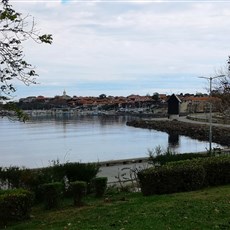
Nessebar
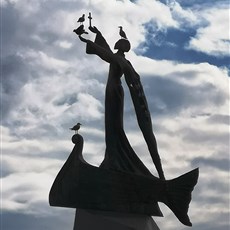
Nessebar
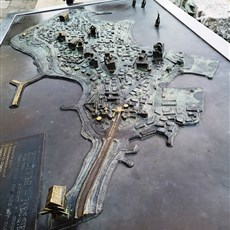
Nessebar
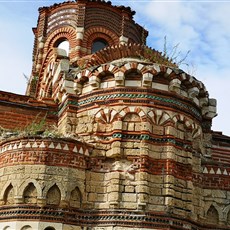
Nessebar
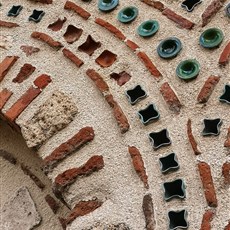
Nessebar

Nessebar

Nessebar
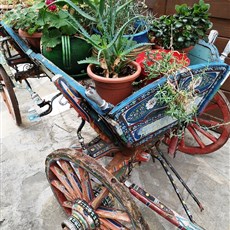
Nessebar
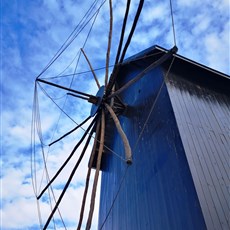
Nessebar
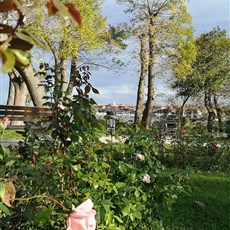
Nessebar